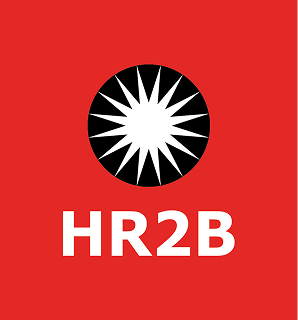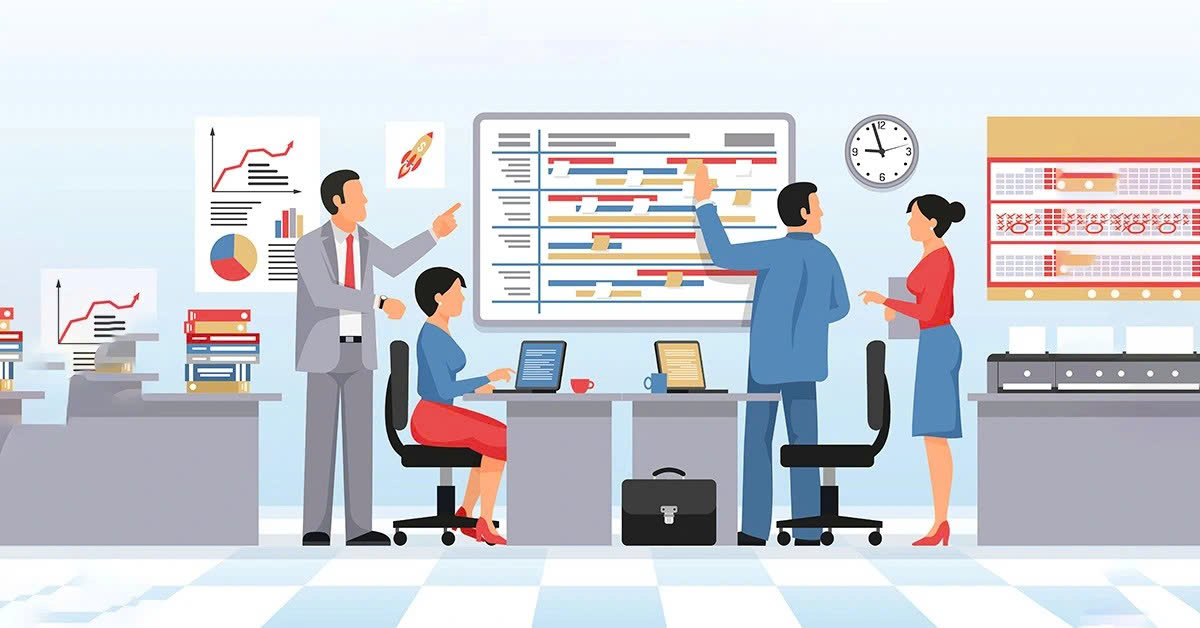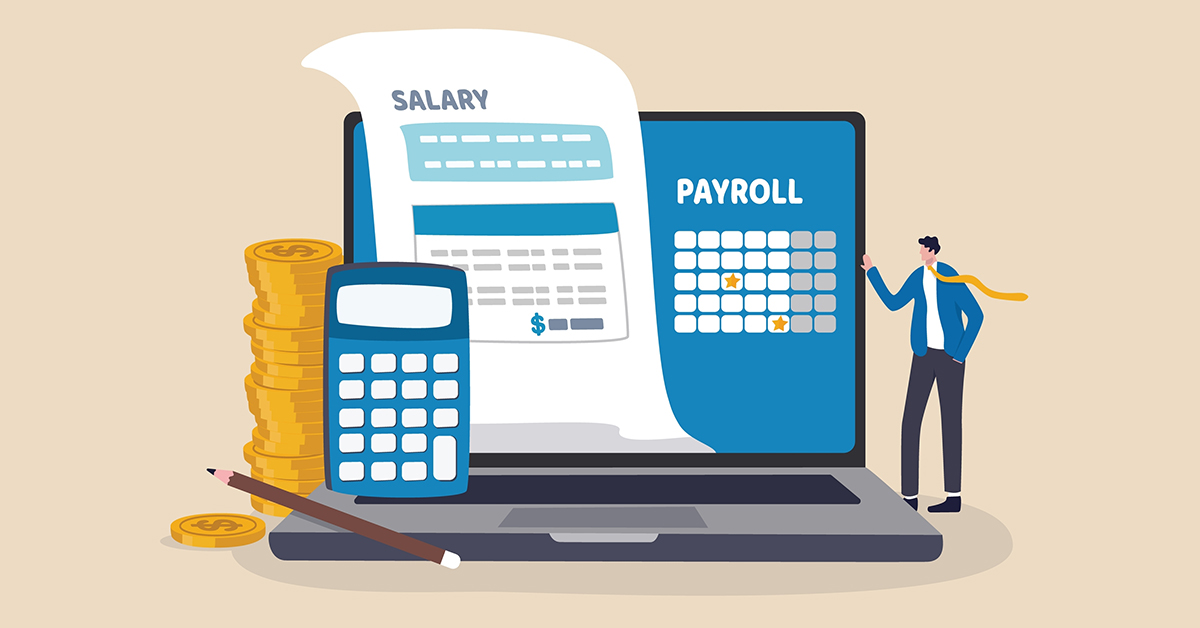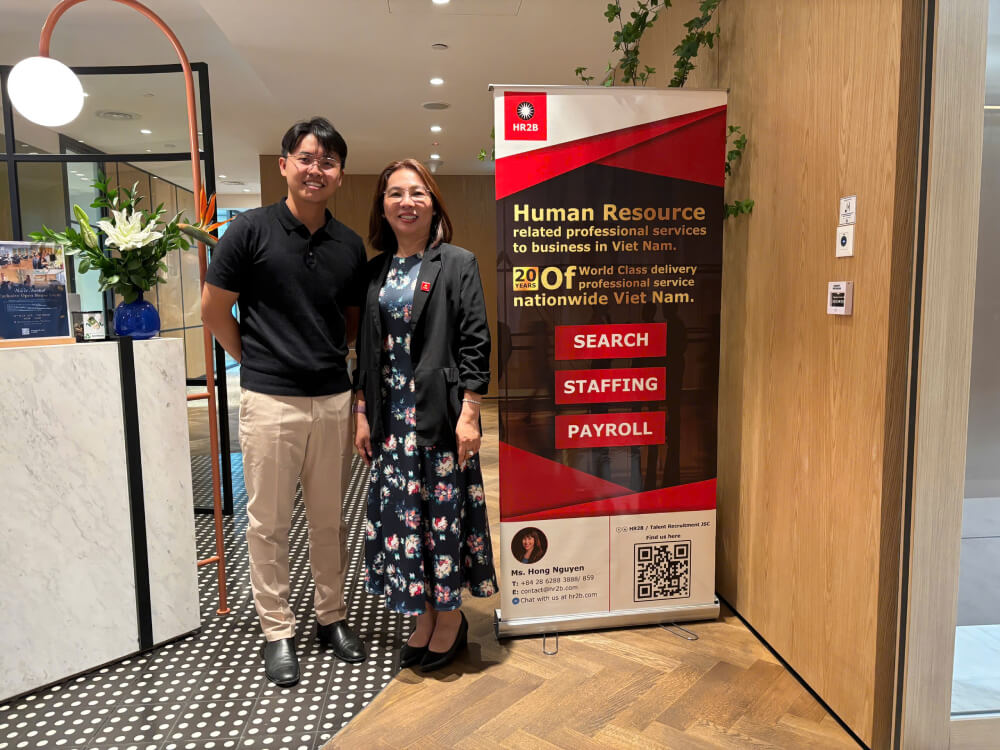Linking Payroll & Flexible Benefits: A Talent Attraction Strategy for 2025
In 2025, the competition for talent will not only come from high salaries but also from personalized benefits systems. Employees expect both stable income and flexible benefits experiences. Linking Payroll (salary management) with flexible benefits helps businesses enhance employee experience while building an attractive employer brand. This is a key strategy for retaining talent in the new era.
1. HR Management Trends 2025: Salary & Benefits Strongly Connected
Doanh nghiệp hiện đại không thể chỉ dừng lại ở việc trả lương đúng hạn. Xu hướng năm 2025 yêu cầu sự gắn kết giữa lương và phúc lợi để tạo thành một hệ sinh thái nhân sự toàn diện.
1.1 Shifting Needs of New Generations (Gen Z, Gen Alpha)
Gen Z và Gen Alpha là lực lượng lao động chủ lực trong vài năm tới. Họ đề cao sự cân bằng công việc – cuộc sống và cơ hội phát triển bản thân. Tiền lương chỉ là một phần, trong khi những quyền lợi như bảo hiểm sức khỏe, hỗ trợ học tập hay chương trình chăm sóc tinh thần lại có giá trị lớn hơn. Do đó, doanh nghiệp cần thích ứng nhanh với kỳ vọng của thế hệ mới.

1.2 Personalization in Benefits Policies
Traditional one-size-fits-all benefits are becoming outdated. Employees want to select benefits that match their life stage: younger staff may value learning, while those with families may prioritize health and welfare. Personalized benefits not only increase satisfaction but also show that the business values each individual.
1.3 Competitive Pressure in the Talent Market
In a highly competitive labor market, global companies are already ahead in integrating payroll and benefits. If Vietnamese businesses do not keep pace, they risk losing top talent to rivals. Payroll–benefits integration is the key to boosting recruitment appeal.
2. Payroll & Flexible Benefits: A Strategic Duo for Talent Attraction
Linking payroll and benefits is not just a technical matter but also a strategic move to differentiate a company in the eyes of candidates and employees.
2.1 Modern Payroll – Transparent & Accurate
A modern payroll system ensures transparency, accuracy, and legal compliance. Employees receive salaries on time and clearly understand deductions. This builds trust and demonstrates professionalism.
2.2 Flexible Benefits – Meeting Personalized Needs
Flexible benefits allow employees to choose what suits them best: insurance, vacation, training, or financial support. When employees have autonomy, they feel genuine care from the organization, strengthening long-term engagement..

2.3 The Power of Integrating Payroll & Benefits
When payroll and benefits are integrated, employees see their total compensation and benefits in a single payslip. This removes fragmentation, enhances transparency, and reinforces that the company invests holistically in its people.
3. Business Advantages from Linking Payroll & Benefits
Beyond addressing employee needs, companies gain sustainable competitive advantages from payroll–benefits integration:
- Enhanced employee experience: Staff feel heard and supported according to personal needs. Job satisfaction rises, leading to loyalty and long-term commitment.
- Efficient management & cost optimization: Operating payroll and benefits on one system saves time, reduces errors, and lowers HR costs. Management efficiency improves thanks to synchronized data.
- Increased recruitment appeal: Candidates value clear, flexible benefits policies—especially in competitive fields like IT and finance.
- Sustainable employer branding: Transparent benefits integrated with payroll reflect long-term vision. Employer brand is strengthened, creating lasting appeal in the labor market.

4. Challenges & Barriers in Implementation
Despite its advantages, integrating payroll and benefits comes with certain challenges.
4.1 Generational Differences in Needs
Each generation has different expectations. Gen Z emphasizes learning and experiences, while Gen X values welfare and health. Designing flexible benefits requires balance and variety.
4.2 Choosing the Right Service Provider
Not all providers have the capability to integrate payroll and benefits on one platform. Choosing the wrong partner may lead to high costs and poor employee experience.
4.3 Data Security & Compliance Issues
HR data is sensitive. Companies need robust security solutions and compliance with both local and international regulations. This is critical to successful implementation.

5. Effective Implementation Solutions
To maximize payroll and benefits integration, businesses need a well-planned strategy:
- Data-driven benefits strategy: Analyze employee data to build benefit packages tailored to different groups. This ensures flexibility and real value.
- Leverage HR Tech solutions: Technology is essential for connecting payroll and benefits. HR Tech platforms automate processes, increase transparency, and create seamless employee experiences.
- Partner with professional HR providers: Instead of handling everything in-house, companies can collaborate with service providers for payroll and benefits management. This saves costs, reduces risks, and ensures operational efficiency.

6.HR2B’s Role in Supporting Businesses
HR2B is a strategic partner for Vietnamese businesses in implementing payroll and flexible benefits. With over 20 years of experience, HR2B provides comprehensive solutions from payroll management to personalized benefits.
By partnering with HR2B, businesses not only optimize operational costs and ensure legal compliance but also enhance employee experience through transparent and secure systems.
HR2B stands alongside businesses in modern HR management.
Linking payroll and flexible benefits is no longer optional but a necessary requirement for attracting and retaining talent in 2025. Organizations that leverage technology, data analysis, and professional partnerships will gain the upper hand in the talent market.
HR2B is ready to accompany businesses on the journey of building transparent, flexible, and sustainable HR systems.







